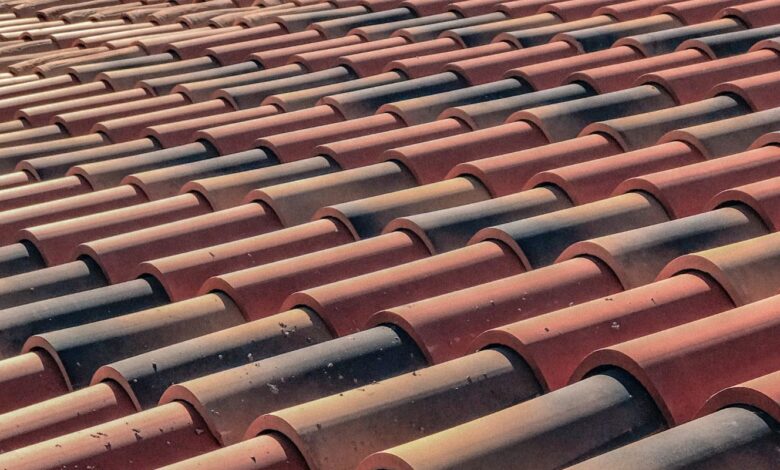The Impact of Heat on Commercial Roofs: Expert Advice from Roofing Contractors



When you think about your commercial building, the roof probably isn’t the first thing that comes to mind. But it should be. Your roof is your building’s first defense against the elements—and when summer temperatures rise, that defense can start to wear down. Understanding how heat affects your commercial roof is super important if you want to protect your property and avoid expensive repairs.
Let’s break it down in a way that’s easy to understand.
What Really Happens to Your Roof in the Heat?
1. Expansion and Contraction
When the sun beats down on your roof all day, it gets hot. And just like metal or asphalt on the street, roofing materials expand when heated. When the sun goes down and things cool off, they shrink again. This back-and-forth movement might seem small, but over time, it takes a toll.
-
Cracks and Splits: Repeated expansion and contraction can cause seams to loosen and cracks to form. These cracks can let in water the next time it rains.
-
Warping: Some roofing systems might start to buckle or warp under extreme heat and pressure changes.
2. UV Ray Damage
The sun doesn’t just heat things up—it also sends out ultraviolet (UV) rays. These rays can slowly wear down roofing materials.
-
Brittle Surfaces: UV rays can dry out and age your roof faster, making it brittle and more likely to break.
-
Color Fading: Your roof might lose its nice clean color and start to look worn or spotty over time.
3. Blisters and Bubbles
If moisture is trapped under the surface of your roofing materials, the heat can turn it into steam. That steam has to go somewhere, and often, it creates bubbles or blisters in the roof.
-
Blisters: These bubbles weaken the roof’s surface and can pop or break down.
-
Leaks: Once a blister breaks open, water has a direct path into your building.
4. Shrinkage of Roof Membranes
Some types of commercial roofing—especially those made from rubber or synthetic materials—can shrink when exposed to high heat for too long. That might not sound like a big deal, but it actually pulls on seams and corners.
-
Stress on Fasteners: Shrinking can yank materials away from walls or edges.
-
Open Gaps: This stretching creates openings where water and debris can sneak in.
5. Increased Cooling Costs
If your roof is soaking up heat all day, guess what happens inside the building? It gets warmer. That means your air conditioning has to work extra hard, driving up your electricity bill.
-
Hotter Interior Temps: A poorly insulated or heat-damaged roof doesn’t block heat effectively.
-
More Energy Use: Your AC has to run more often, using more power and costing you more money.
What Can You Do About It? Smart Tips from a Commercial Roofing Contractor
Now that you know how heat can damage your commercial roof, here’s what you can do to prevent it.
Regular Roof Inspections
Have a professional commercial roofing contractor check out your roof at least twice a year—once in the spring and once in the fall. They can spot early signs of heat damage and fix small problems before they become big ones.
Use Reflective or Cool Roofing Materials
Some roofing materials are made to reflect sunlight instead of absorbing it. These are called “cool roofing systems.” They can lower the roof’s surface temperature and reduce the stress caused by heat.
-
White or Light-Colored Materials: These reflect more sunlight and stay cooler.
-
Coated Roofs: Special coatings can be applied to help protect the roof from UV rays.
Improve Ventilation
Your building needs good airflow—especially under the roof. A well-ventilated roof doesn’t trap heat and moisture as easily.
-
Ridge Vents or Fans: These help hot air escape from your building’s attic or ceiling space.
-
Proper Insulation: This keeps cool air in and hot air out.
Apply Protective Coatings
There are coatings made specifically to shield your roof from heat, UV rays, and even chemical damage. These coatings can extend the life of your roof and improve its performance in hot weather.
-
Waterproof Barrier: Many coatings also prevent water from getting in through tiny cracks.
-
Energy Efficiency: Some coatings can reflect sunlight and reduce cooling costs.
Conclusion
The sun and heat aren’t just tough on people—they’re tough on buildings too. Over time, high temperatures can seriously weaken your commercial roof, leading to cracks, leaks, and even higher energy bills. But the good news is, there are simple ways to fight back.
By working with a trusted commercial roofing contractor like Royal Roof Contractors, LLC, scheduling regular inspections, and using heat-resistant materials, you can keep your roof strong and your business running smoothly.
Don’t wait until it’s too late—take care of your roof now, and it’ll take care of you later.
FAQs
Q: Can heat damage a flat commercial roof?
A: Yes, flat roofs are especially vulnerable to heat because they soak up more direct sunlight all day long.
Q: How often should I get my roof checked for heat damage?
A: Twice a year is ideal—once before summer and again before winter.
Q: Are cool roofs more expensive?
A: They might cost a bit more upfront, but they save money in the long run by lowering your energy bills and lasting longer.
Q: Can I add a reflective coating to my current roof?
A: In most cases, yes! A roofing contractor can apply a reflective coating that boosts your roof’s performance without needing a full replacement.



